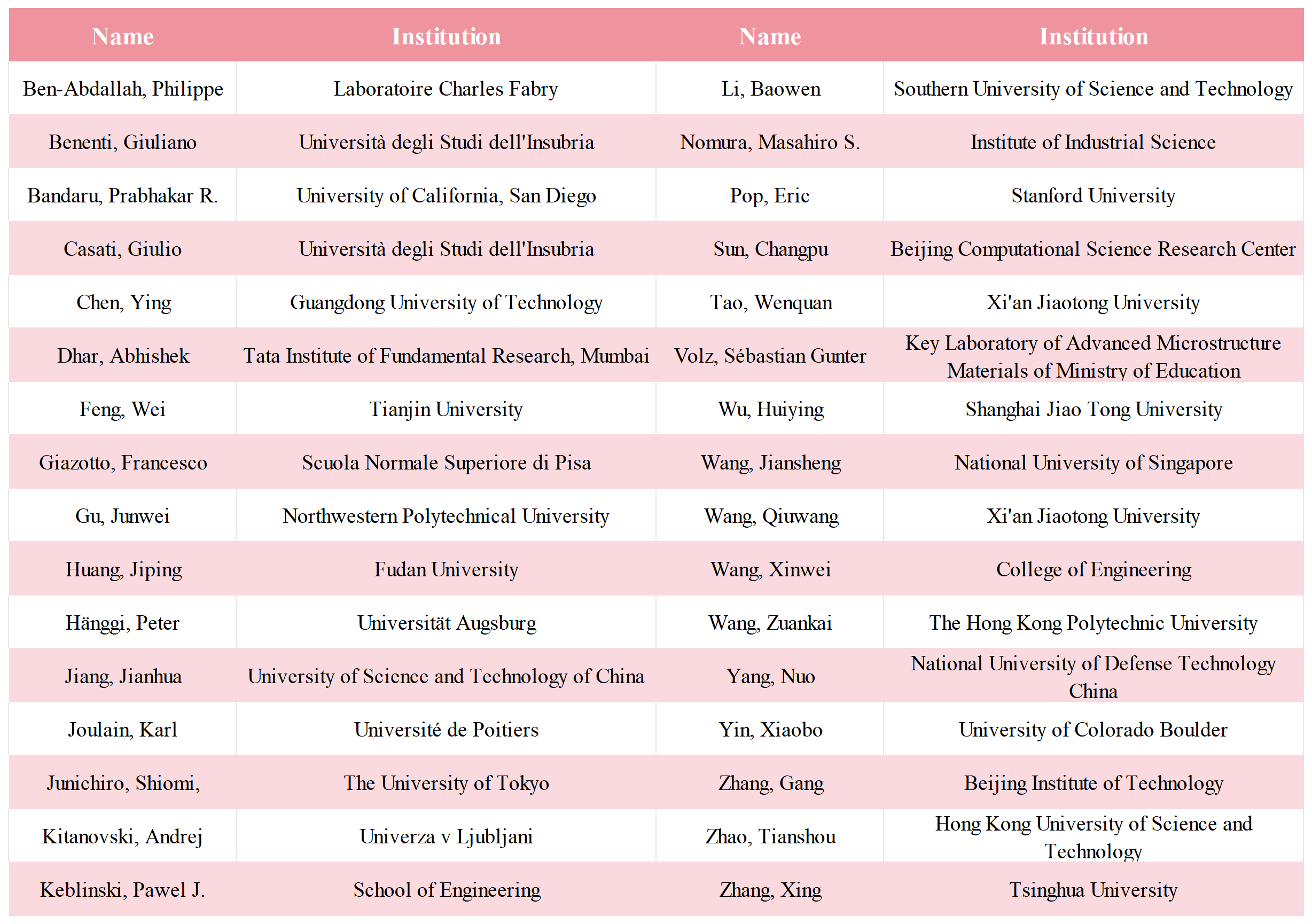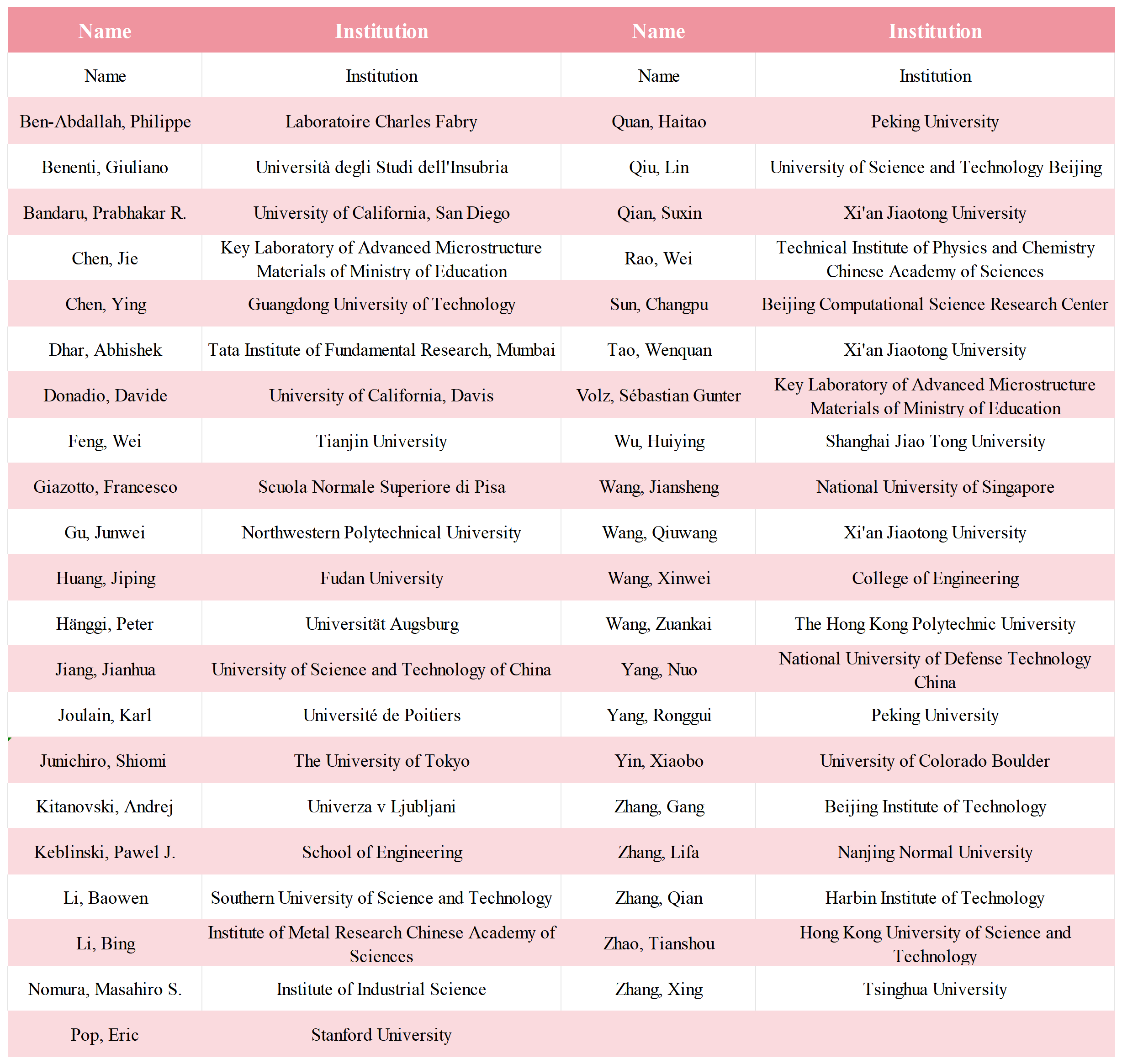41 Editorial Board Members of Thermo-X Recognized in the World’s Top 2% Scientists List
September 19, 2025, Stanford University, in collaboration with Elsevier, has officially released the latest edition of the World’s Top 2% Scientists List (2025). This prestigious ranking is based on citation data from the Scopus database and evaluated using six core indicators: total citations, Hirsch H-index, Schreiber Hm-index (corrected for co-authorship), citations to single-authored papers, citations to single or first-authored papers, and citations to single, first, or corresponding-authored papers.
The list is divided into two categories: the Career-Long Impact List and the Single-Year Impact List, covering nearly seven million scientists worldwide. Only the top 2% of scholars are included, with classifications across 22 scientific fields and 174 subfields, offering a comprehensive evaluation of both long-term academic influence and annual scientific performance.
In this year’s release, Thermo-X is proud to announce that 41 of its Editorial Board Members were recognized in the Single-Year Impact List (82%), and 32 members were included in the Career-Long Impact List (64%). Their research spans diverse disciplines including energy, materials, and physics, reflecting their outstanding contributions and global influence in their respective fields.
Career-Long Impact

Single-Year Impact

Note: The list above is arranged alphabetically by the first letter of the authors' surnames; the order is not indicative of ranking.
This remarkable achievement not only highlights the exceptional academic standing of our Editorial Board Members but also reinforces Thermo-X’s role as a leading international platform for scientific exchange and scholarly impact.
We extend our warmest congratulations to all Editorial Board Members who have been recognized in the 2025 World’s Top 2% Scientists List. Your continued dedication and contributions to science are deeply appreciated and celebrated.
For more detailed information, please visit: https://elsevier.digitalcommonsdata.com/datasets/btchxktzyw/8
